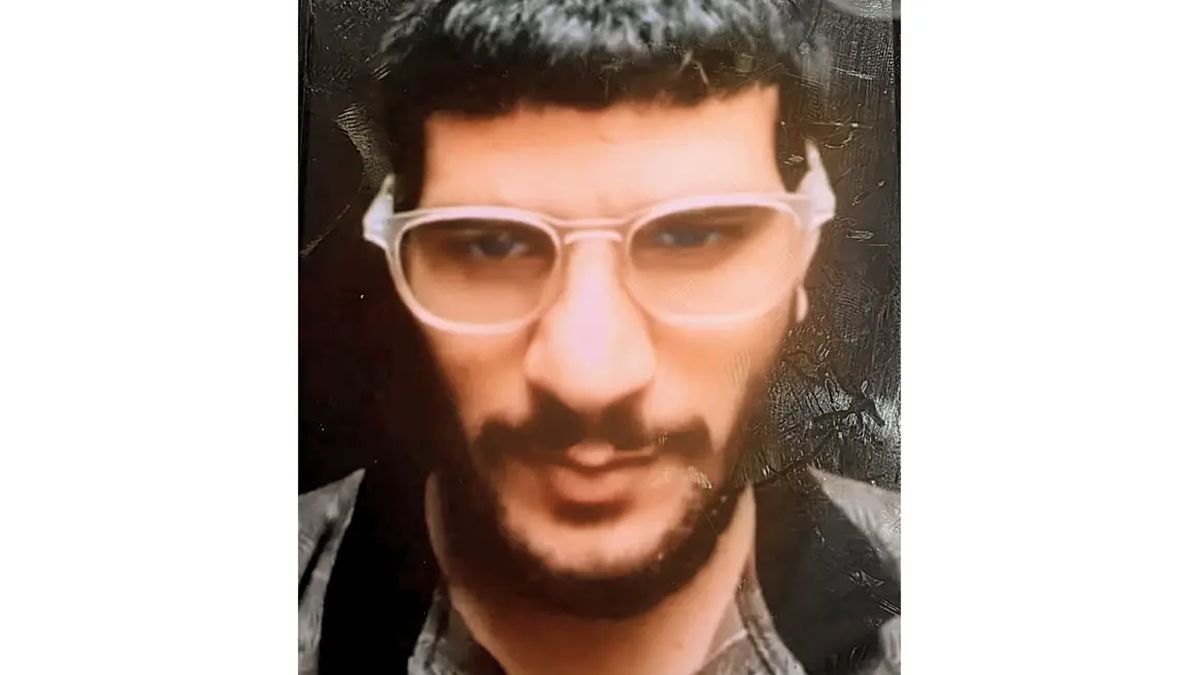It’s been four days since the car explosion near Delhi’s iconic Red Fort and investigations continue at a quick pace. Authorities have been working day and night to unravel exactly who’s behind the terror attack and how it was perpetrated.
And on Thursday (November 13), the Delhi Police has confirmed that the man who carried out the explosion near the Red Fort was Dr Umar un Nabi, a 36-year-old doctor from Jammu and Kashmir’s Pulwama.
With this confirmation, the authorities have now established a direct link between Haryana’s Al-Falah University, which has been under the scanner and the blast near the Red Fort.
Dr Nabi: From Pulwama to Delhi blast suspect
Since the blast took place in the Capital on Monday evening, killing 12 people and injuring many others, authorities have been trying to ascertain the identity of the man behind the wheel of the i20 car that exploded. They have also been trying to determine if the man in the car had fled the scene or perished in the blast.
And after perusing CCTV footage, authorities narrowed in on 36-year-old Dr Umar un Nabi , who was working at Al-Falah university in Faridabad, Haryana.
After completing his studies at Government Medical College, Srinagar, he worked as a senior resident at Government Medical College, Anantnag and later moved to Delhi for a better job. At the time of the terror attack, he was employed as an Assistant Professor at Al-Falah university in Faridabad.
Nabi, authorities have found, was allegedly part of the Faridabad-Jammu and Kashmir module of the Jaish-e-Mohammed (JeM) and the Ansar Ghazwat-ul-Hind (AGuH), a J&K-specific wing of Al-Qaeda.
Officials also believe that Dr Nabi was the leader of the “white-collar group” of doctors in a terror module busted days before the Red Fort explosion. “He is suspected to have been steering and motivating the rest of the flock,” an officer told the Indian Express.
There are also reports citing sources which state that Dr Nabi had planned a powerful blast around the Babri Masjid demolition anniversary on December 6. Investigations have also revealed that Dr Nabi travelled to Turkey where his handler is believed to be based. In fact, his passport shows travel to Turkey in 2021 shortly after he joined certain Telegram groups.
However, his family has expressed shock at his alleged involvement in the Red Fort blast. Muzamil, the sister-in-law of Dr Umar Nabi, said he was an introvert right from his childhood, did not have many friends and used to focus on his studies and work.
“He was working as a faculty member at a college in Faridabad. He called on Friday, saying he is busy with examinations and will return home after three days. He was a reserved kind of person right from childhood,”she said.
She further insisted that he was not the kind of person to get involved in terrorist activities. “We struggled a lot to ensure he gets educated so that he is able to take care of himself and the family. This is unbelievable,” she added.
DNA confirms it was Umar Nabi at the wheel
Once officials suspected Dr Nabi to be the man behind the wheel of the i20 car that exploded, they travelled to to Pulwama to Dr Nabi’s village to retrieve DNA samples from his mother and other family members to match with human remains recovered from the car.
“We have taken the mother of the suspect to collect DNA samples in order to match them with the parts found at the scene of the blast,” a police official had then told the news agency PTI.
And now, authorities have matched the DNA samples from the mother to remains found inside the exploded i20 car.
The match was established after forensic teams compared bones and teeth recovered from the vehicle with samples taken from Dr Nabi’s family. Quoting the Delhi Police, news agency ANI reported that after the blast, Umar Nabi’s leg was stuck between the steering wheel and accelerator.
This DNA confirmation is significant in the case; it not only confirms he died in the blast, but also establishes a clear link between the Faridabad terror module and the blast near the Red Fort.
Now, officials are sifting through his mobile phone data and signal history.
DNA testing – key to such cases
DNA testing is often used by officials to identify suspects or victims when bodies are physically unrecognisable. It has been revealed that in the Red Fort blast, many of the bodies have been mangled beyond recognition, forcing families to make identification through clothes and other such clues.
Authorities note that DNA testing is the most reliable tool in cases of fires or explosions, or even mass disasters when fingerprints and facial recognition is no longer possible. It is then that officials extract DNA from the bones or teeth for the purpose of identification.
Identification is done through kinship analysis, a process that compares the victim’s DNA with that of biological relatives. The DNA of the biological mother, obtained through a simple cheek swab or blood sample, provides direct and reliable genetic reference.
Authorities note that DNA identification is almost accurate — it has a 99.99 per cent accuracy rate.
In the recent past, India has used DNA testing in the Shraddha Walkar murder case as well as this year’s Air India crash in Ahmedabad.
With inputs from agencies
)